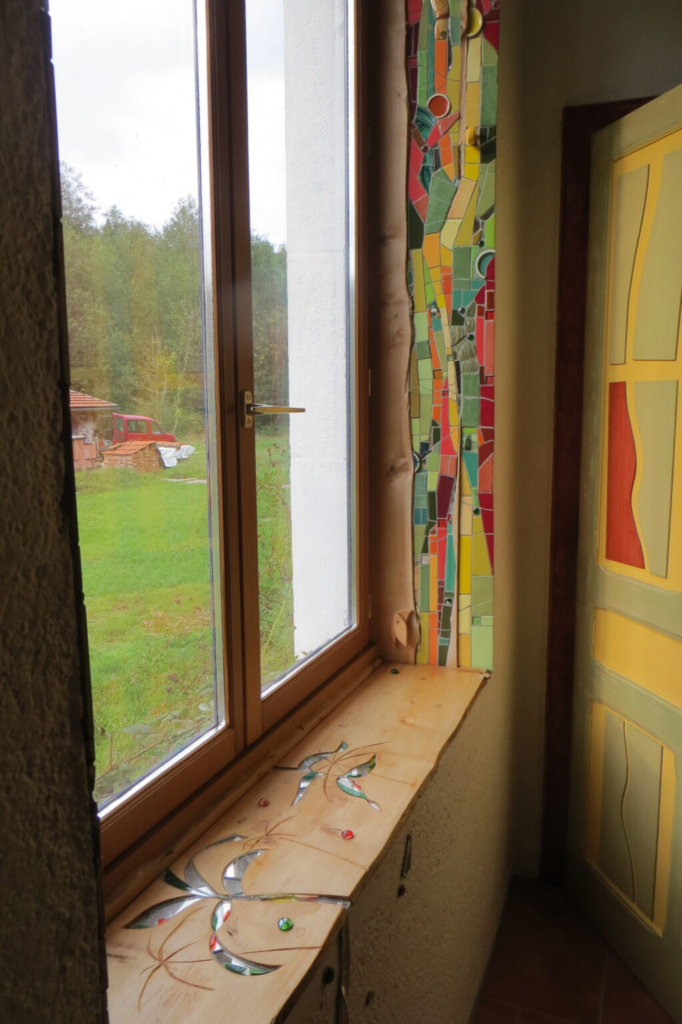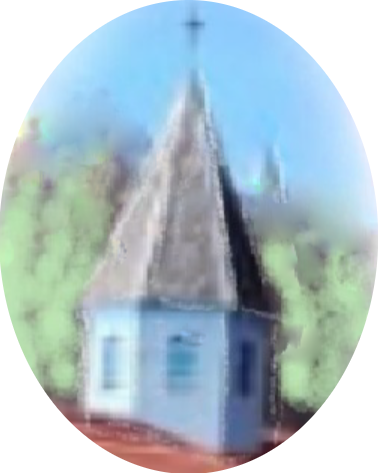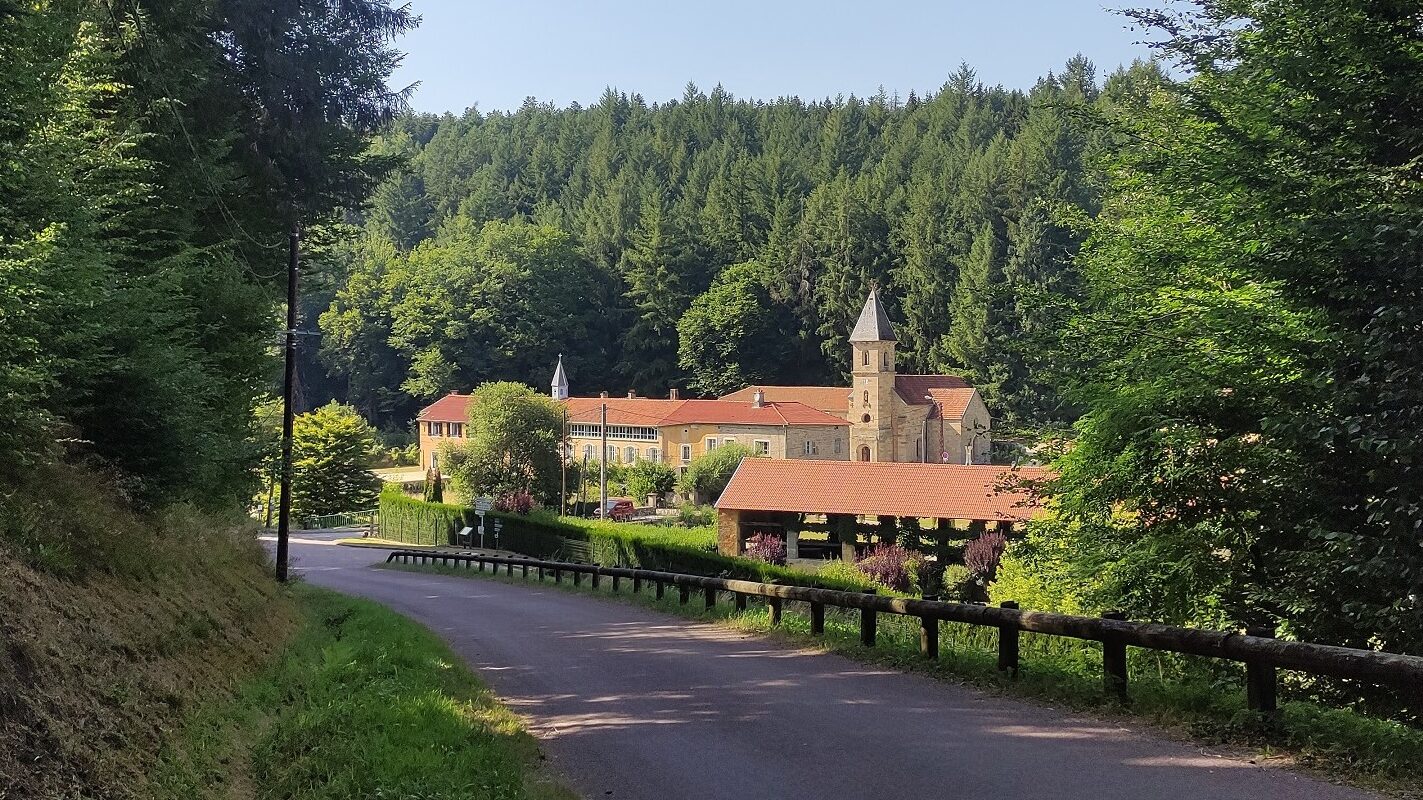The monastery
The monastery or priory is part of the ancient Droiteval Abbey which dates back to the 12th century. It is located in the middle of the Darney woods at the end of the beautiful valley of the Ourche.
.

There are even writings in the city archives of Epinal showing that before the Abbey was founded, there was already talk of a monastery on the same site, which would have been destroyed before the year 1100.
In 1130 the Abbey of Droiteval was inaugurated by the order of Cistercians, to which the present buildings still bear witness.
The last Abbess was appointed in 1426. This was followed by a temporary dissolution of the abbey.
In 1450, Droiteval became a Priory and remained so until 1790. Meanwhile, the second last Prior also installed a glassworks in the Abbey.
Then follows a period during which the abbey is used for entirely different purposes.
Factory, forge and restauration
First of all, in 1790, during the French Revolution, the church property was nationalized. In 1792, however, the whole Droiteval estate was sold to a farmer from Darney, and then resold in 1796 to the considerable Louis Alexis Irroy from Fontenoy-le-Château. He transformed the abbey into a factory. He established a steel forge. The church was used as a warehouse and the priory and its outbuildings as housing for the workers.

20 years later, in 1816, Jean Baptiste Jacquinot bought the forge and quickly succeeded in turning it into an industrial empire.
In 1850, the church was completely restored.
In 1905, the estate was sold to the religious Louis Tinchant, who undertook the further and complete renovation of the priory and the church. In 1935, a small seminary was installed.
Then, in 1939, World War II reached Droiteval. The buildings were requisitioned to serve as hospices until the end of the war in 1945.
Boarding school and socio-cultural use
From 1946, for several decades, the former convent became a boarding school (from C.O.S.O.R. a state institution) for children, war orphans and later children from problematic family situations. These children also received basic education here. In 1985, this child care center was closed. In those 40 years Droiteval provided shelter to about 750 children.
From 1985 to 1987, a shelter and social adjustment foundation used spaces of the monastery.

The aforementioned owner Louis Tinchant died in 1953. He is buried in the woods near the church in Droiteval, just like his wife who died in 1974. The château, church and plots of forest were still owned by their daughter, Mrs. Pisterman-Tinchant, who died in 2013 and now by her son Patrice. The latter still likes to play the completely renovated organ in the church in the summer.
In 2002 and 2003 Droiteval came back into the public eye through the outdoor theatrical performances “Il était une fois (Once upon a time…).” These were organized by some 200 volunteers from the area.
One of those people, an artist named Mirjam Bijvank, had a plan to transform the monastery into a place of creativity, joy and fun, communication and sharing. Her plans became a reality when she was given the opportunity by the owners to buy the priory and its buildings and grounds. Together with others, she establishd a foundation that turned the monastery into a Center of Arts and Culture. From 2004 to 2021, many worked on their personal creations under Mirjam’s inspiring guidance. Particularly in the Priory, much can be seen of the embellishments, mostly in the form of mosaics, paintings and metalwork, that Mirjam and her partner Louis made. This has once again given an entirely new impetus to the centuries-old building.

Le Val de la Bonne Vie
As of 2023, the priory with its outbuildings has been sold to us, Amerensia and Mark van Houwelingen. Together with our daughter Gwen, we would very much like to offer hospitality here in line with the history of this beautiful place. The name we have chosen, Le Val de la Bonne Vie, represents our contribution to the positive continuation of the development and preservation of this place in the “valley of the good life.” We begin the next chapter with respect for the past. Our Christian philosophy of life, concern for our fellow human beings and love of art, nature and history we hope to be able to shape here in harmonious coherence.

